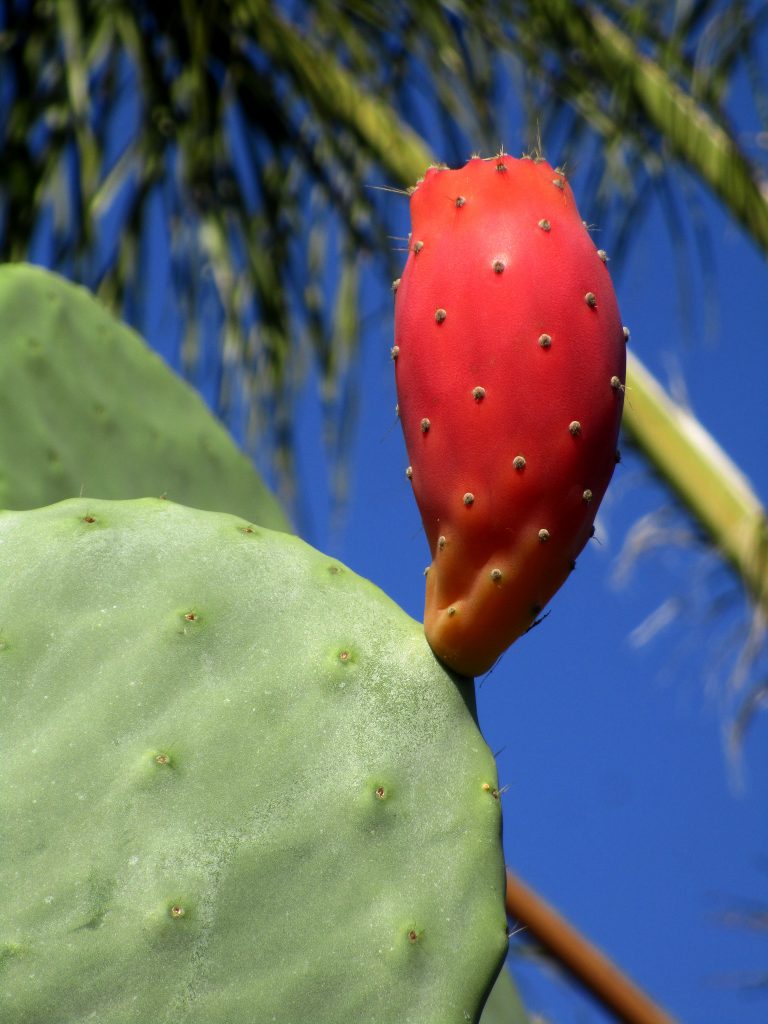
Cactus

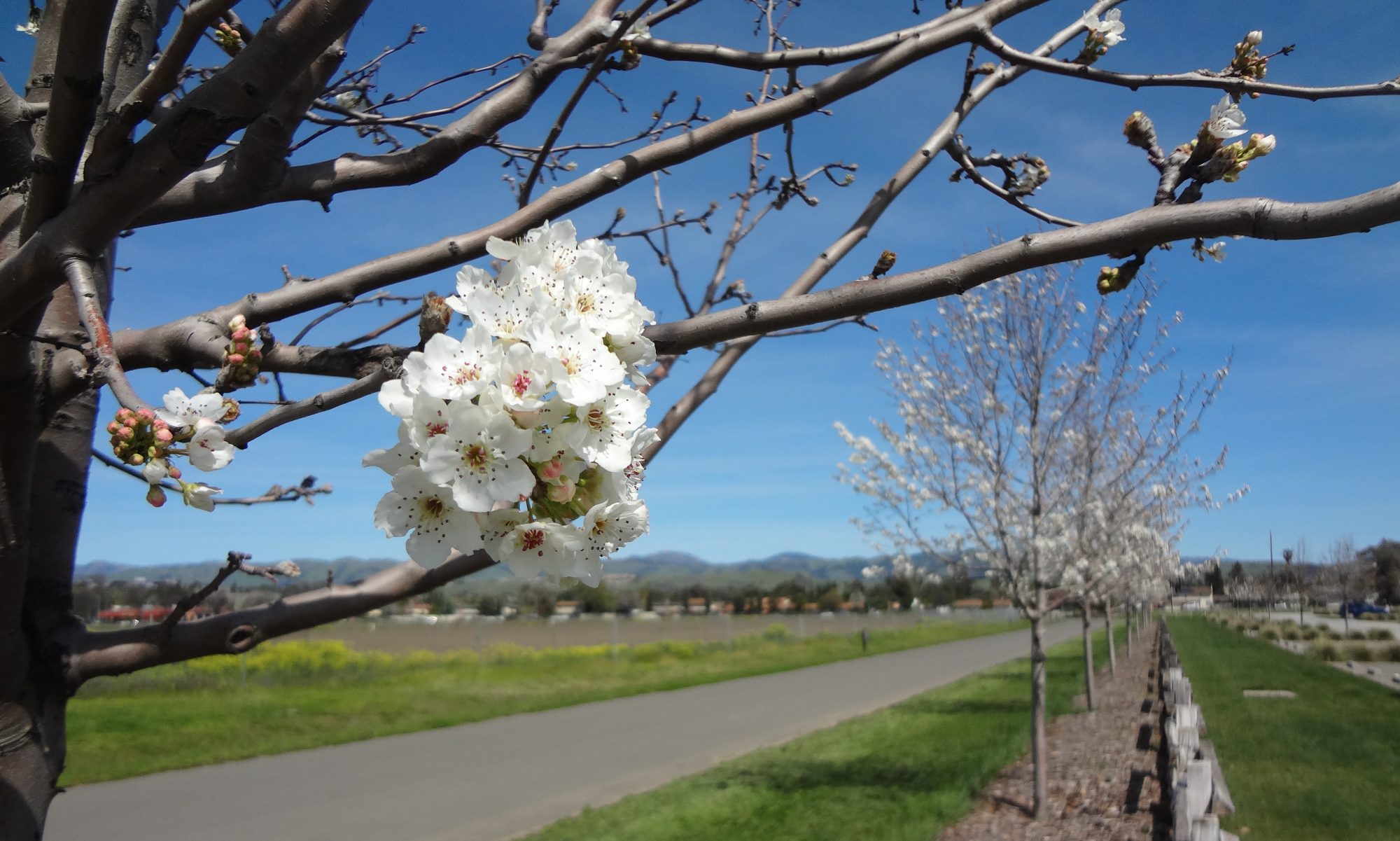
Traveling around in #SanJose and #NearbyToSanJose at 825 mph on our spinning planet.

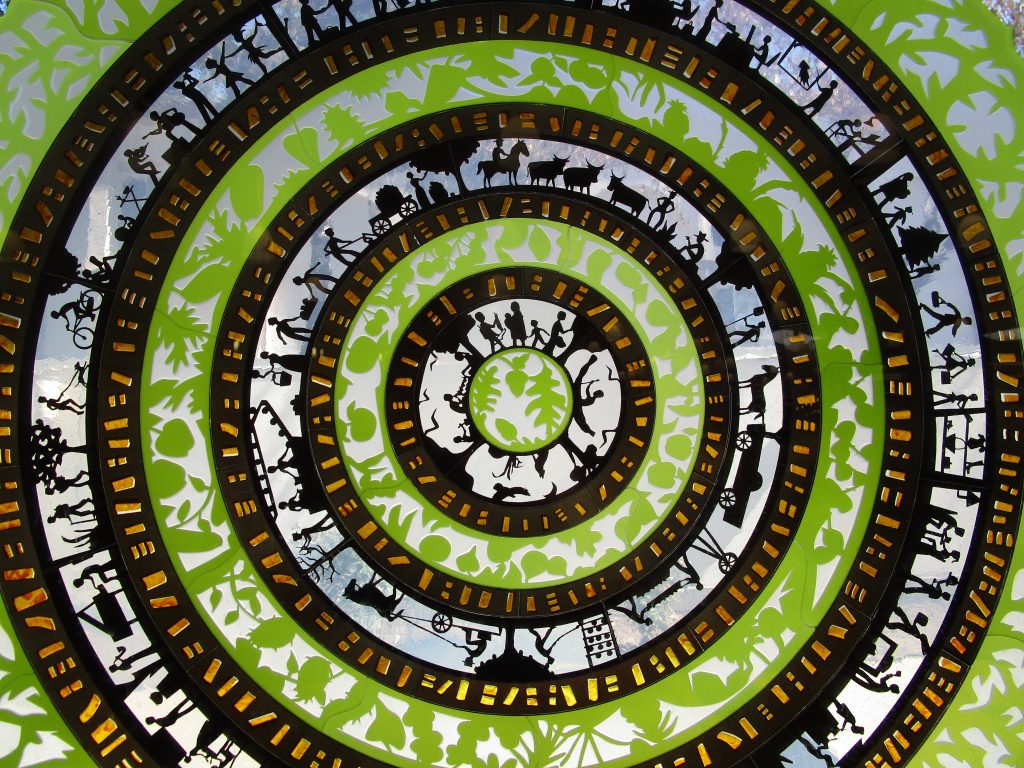
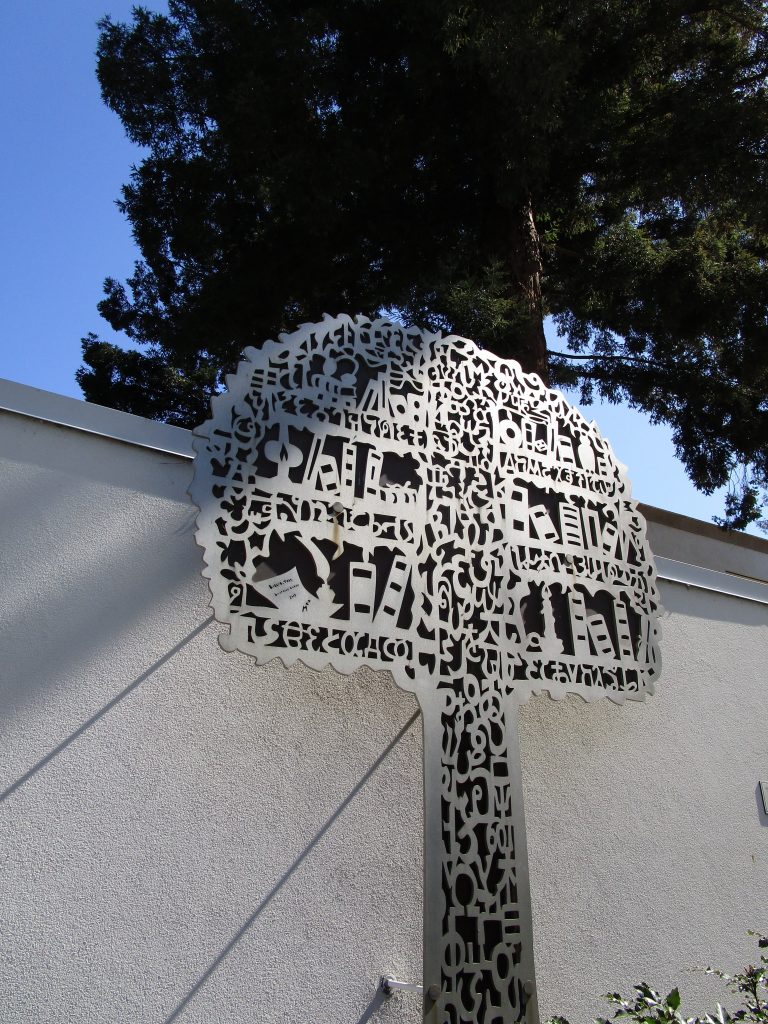

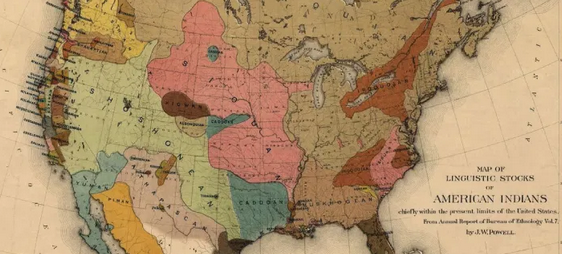
California, including the Bay Area, have always been places of great diversity. Before Europeans arrived, California already supported the densest population of native peoples anywhere in what would become the United States of America, with over 300,000 native people. (1)(3) Along with this, California supported more distinct languages and culture groups than anywhere else in the future US. The map above is from a Smithsonian report in 1901 displaying native languages of north America and it is easy to see the increased density in California. (2) The native people of San José, California were the Thamien. They were just one of approximately 40 groups of native peoples speaking 12 different languages now referred to as the Ohlone people inhabiting the area from San Francisco Bay to Monterey Bay. (1)
Sources:
(1) The Ohlone Way, book by Malcom Margolin, 1978, pages 1 to 3.
(2) https://www.ocregister.com/2019/11/08/the-number-of-native-american-tribal-languages-in-california-might-surprise-you/ ,2020.
(3) https://calisphere.org/exhibitions/essay/1/pre-columbian/ , 2020.
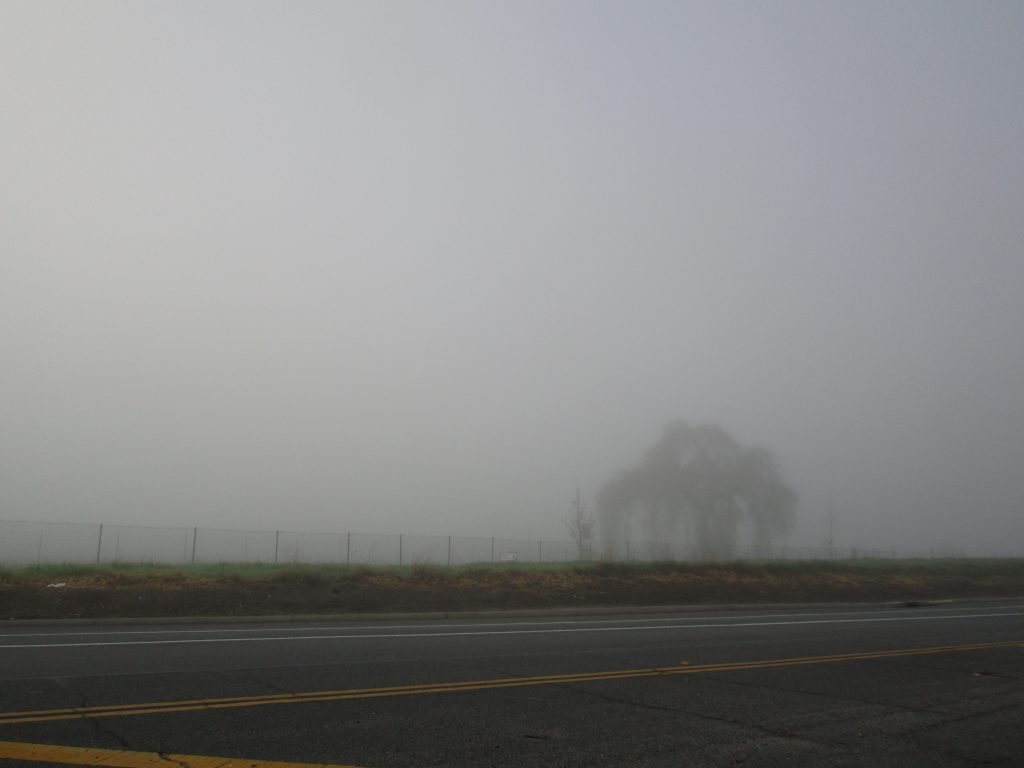

Most of California, the exception being a south eastern piece, is made of recycled sea floor scraped off as the ocean floor subducted beneath the North American Tectonic Plate. That means that all of this rock we are standing on in San José and the surrounding area was actually ocean floor millions of years ago. It has since piled on to what is now the USA like the crinkled butter that builds up on the butter knife that scrapes across it. Millions of years ago the North America coastline was way further east of what is now the California coast; before so much north-east moving oceanic crust went under the westward moving North American Plate.
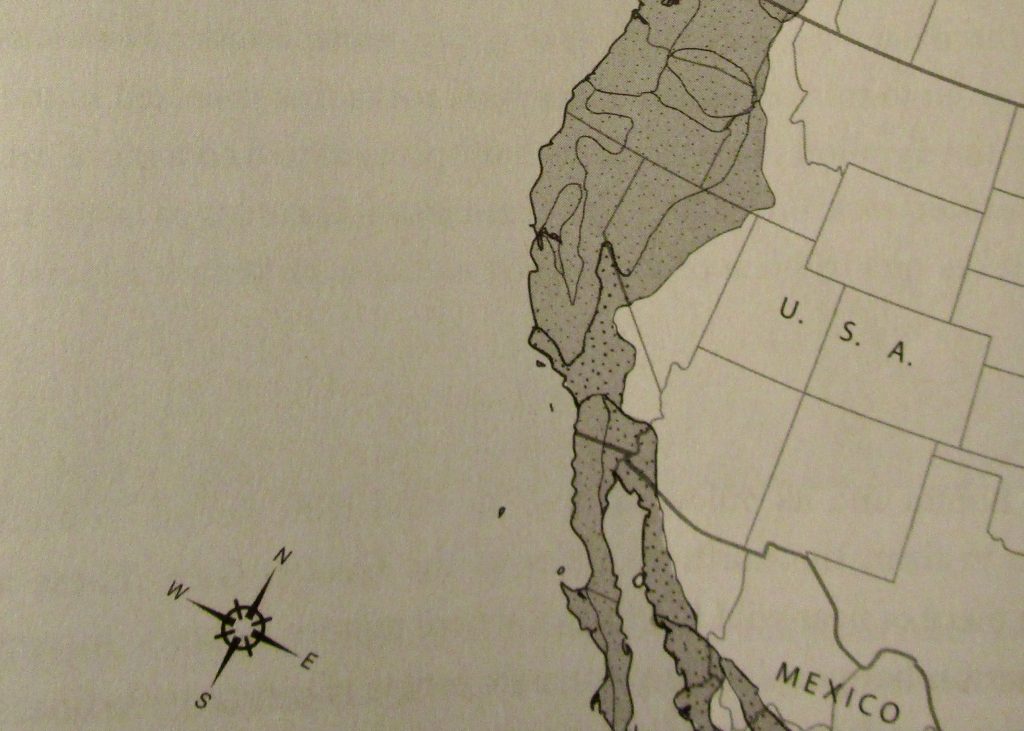
Source: Rough-Hewn Land, book by Keith Meldahl, 2011, page 9.
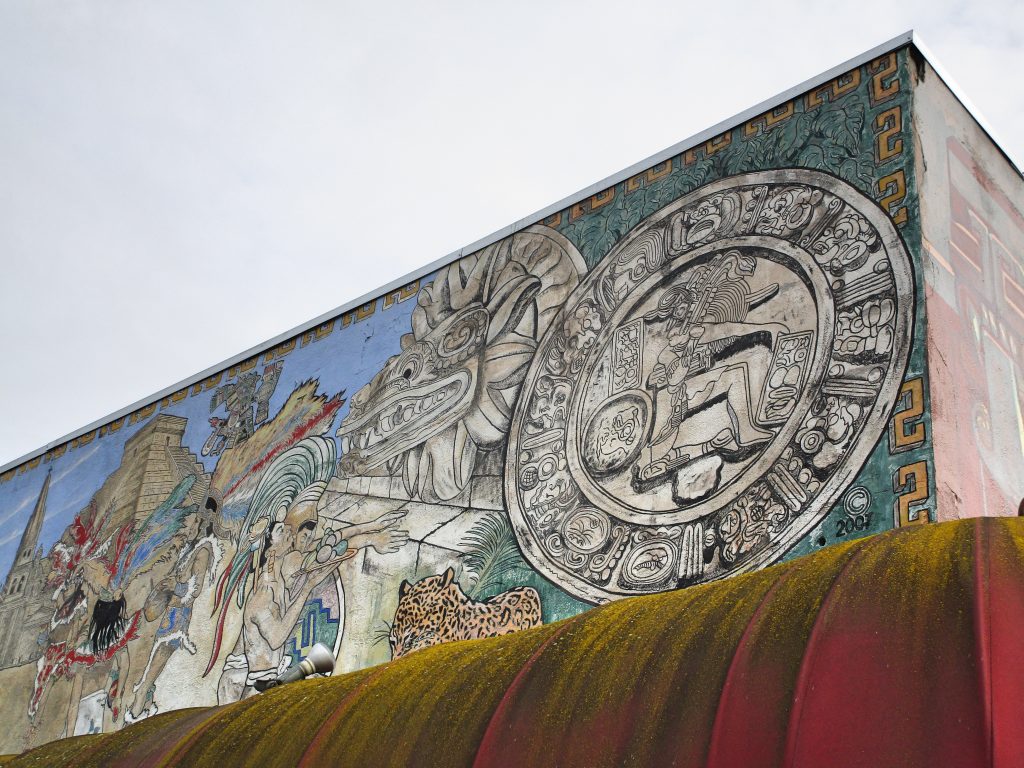
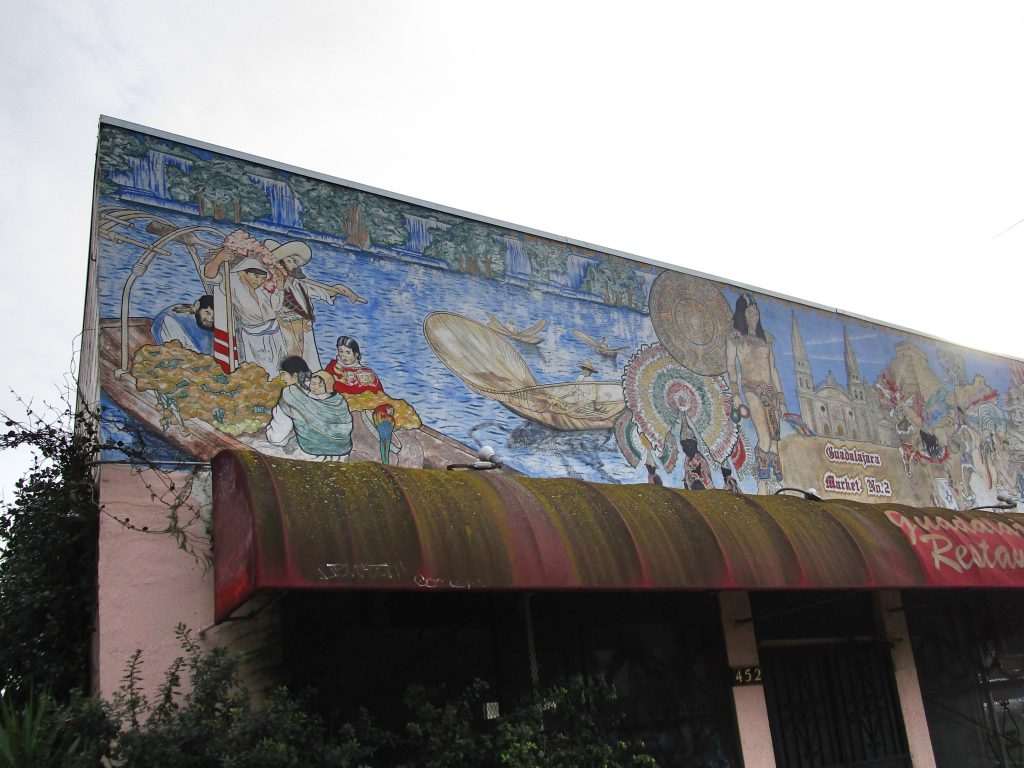
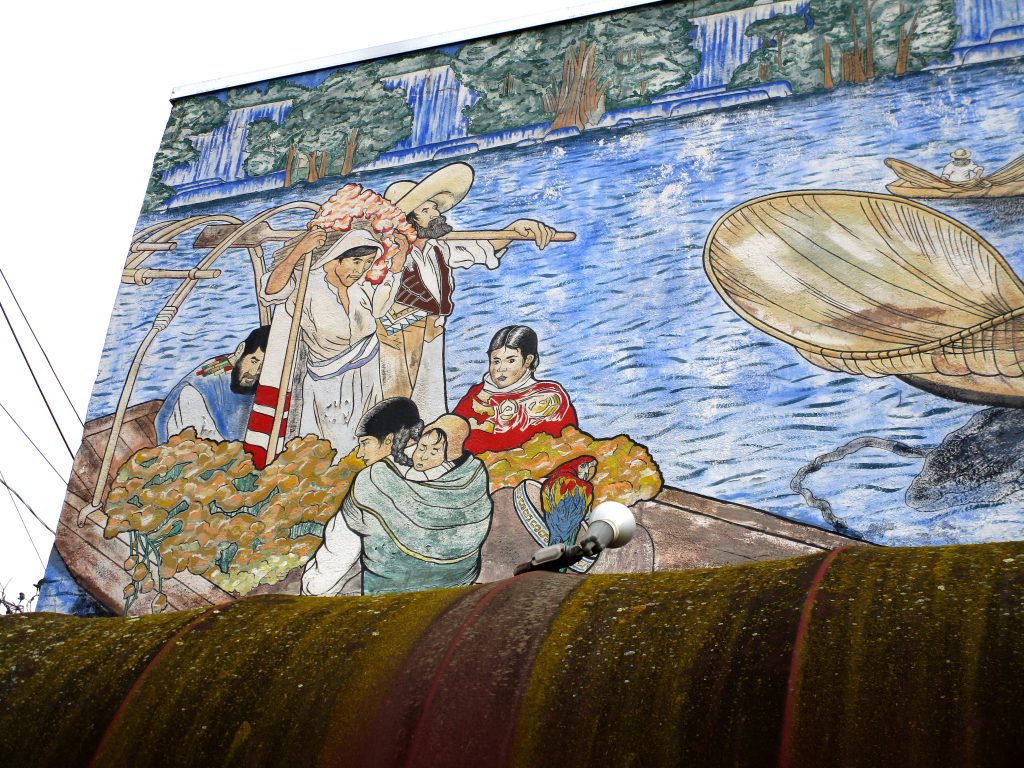
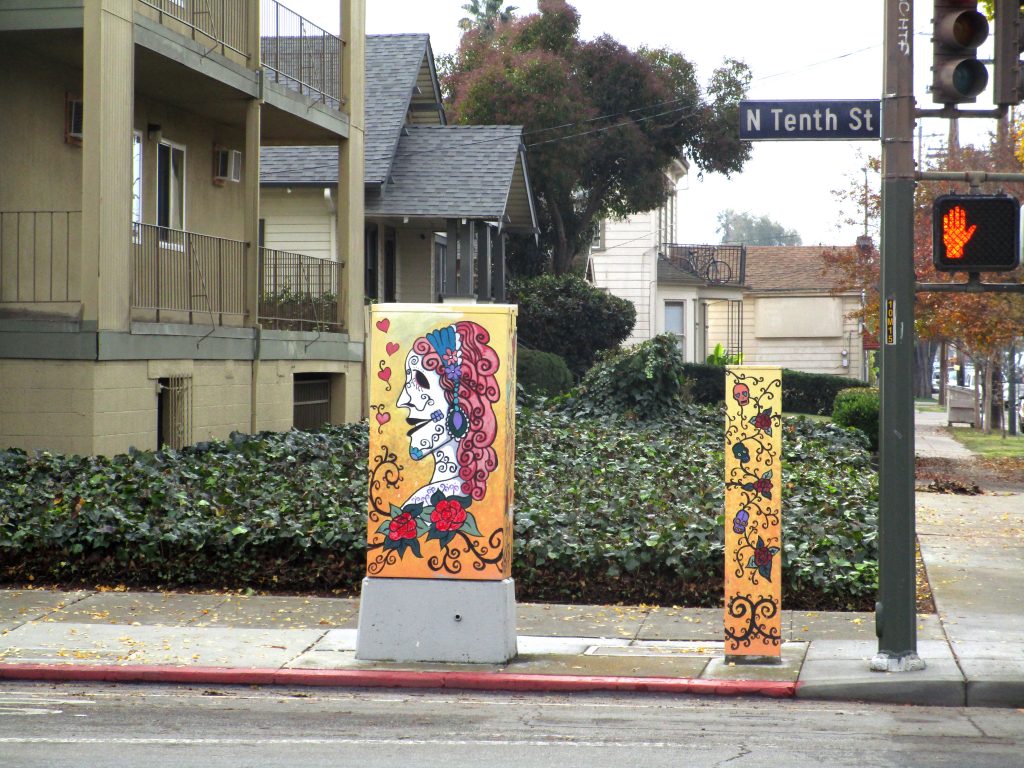
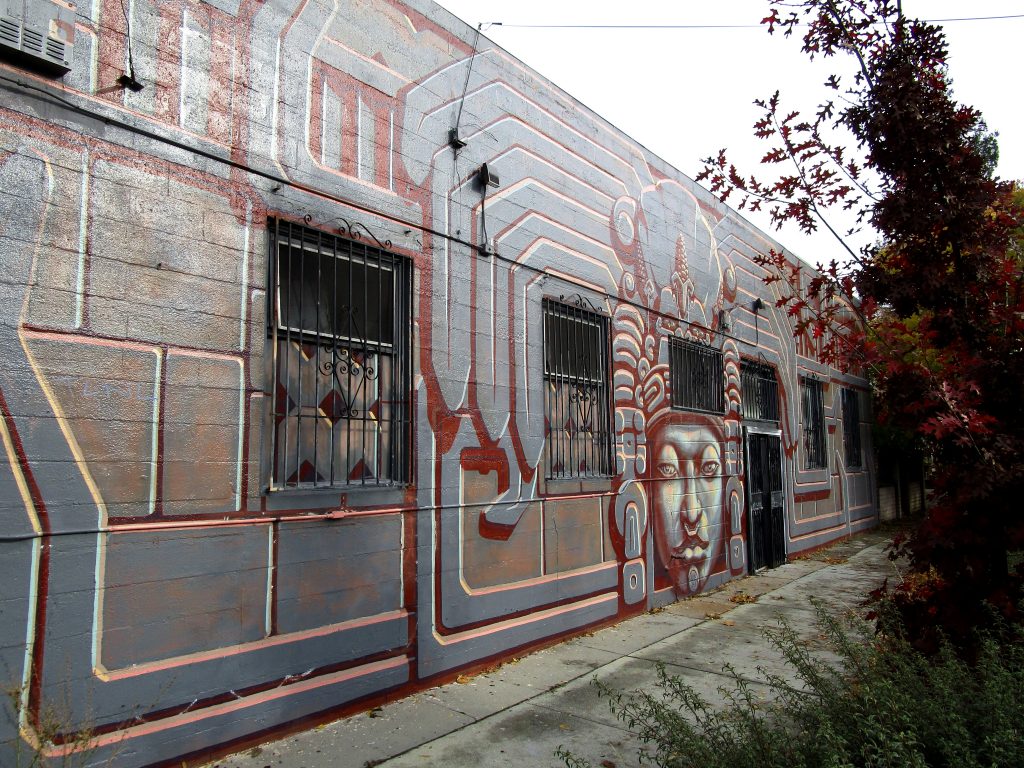
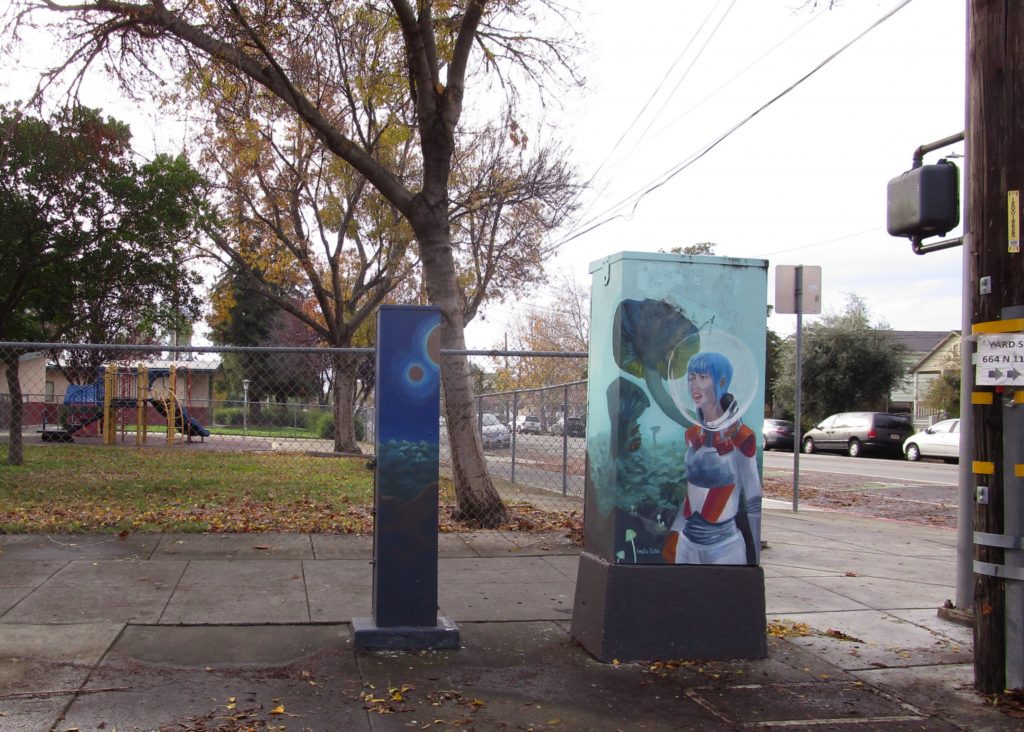

“By 1790 Afro-Latinos made up nearly 20 percent of California’s population. That means that one out of every five residents in California was known to be of African background!” (1)
Unlike the laws of British colonies, slaves in Spain’s Mexico could earn freedom and more easily be given or win freedom by slave owners or through court lawsuits. The result is that Mexico in time contained many Afro-Latinos who were free and had risen to be land owners, hold political positions, become soldiers, and skilled business owners. “Thus, long before the first successful English settlement in Jamestown, Virginia, Afro-Latinos had not only explored but resided in what is now the United States of America.” (1)
Afro-Latinos were a significant number among the settlers who came with the Anza expedition to settle California, including the father and grandparents of the future Mexican Governor of California, Pío Pico. (1) Five of the fourteen original families (San José founded by fourteen families plus one single man) who founded San José in 1777 were black or of black ancestry. (3)
Today, approximately 8% of the California population and 3% of San José’s population is black. (2, 4)
Sources:
1) Discovering early California Afro-Latino presence, book by Damany M. Fisher, 2010, pages 3, 6, 9, 13.
2) https://blackdemographics.com/states/california/, 2020.
3) https://www.paloaltoonline.com/news/2019/02/22/book-sheds-light-on-santa-clara-countys-black-pioneers, 2020.
4) https://www.census.gov/quickfacts/fact/table/sanjosecitycalifornia/PST045218, 2020.